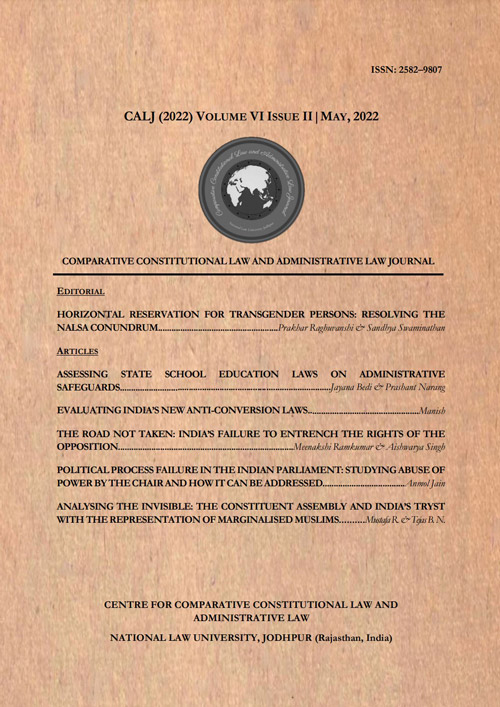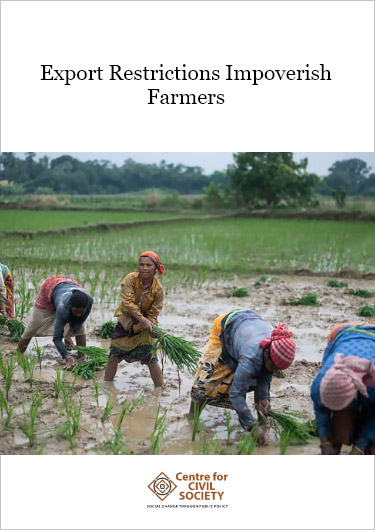Editor’s Note: The authors published a much more extensive report on the Street Vendors Act of 2014 titled “Progress Report: Implementing the Street Vendors Act 2014” available on Centre for Civil Society’s website at https://tinyurl.com/y4bywn6o. For more information about Centre for Civil Society, please visit their main website at https://www.ccs.in/.
Street vending is a source of livelihood for many urban poor, and of affordable and essential goods to the public. In India, stories of vendor harassment by the local administration as well as the police are ubiquitous. It appears to be less about vendor rights and more about the power that different actors exercise over public spaces.
One must look at the process whereby a new hawker enters the trade . . . Then starts the bargain with the local policeman, the municipal recovery inspector, the influential (known) hawker-cum-leader and even the local goon for permission to engage in hawking activity at a particular location . . . A similar negotiation takes place for erecting a hut in a slum locality…payment to be made to the slumlord (a volunteer of some political party)…expected to be a part of the vote bank of the concerned political party. Subsequent hafta payments continue unless the hawker becomes politically active, or joins the local mafia . . .(note 1)
There are several issues at the heart of the street vending debate and assigning rights over the use of public space is the most contentious. A vendor’s right to occupation, for example, conflicts with commuters’ rights to move freely. The central policy problem is managing such conflicting and competing interests of vendors, pavement users, local residents, vehicular traffic and urban space managers.
NOTES
R. N. Sharma, “The Politics of Urban Space,” India Seminar, accessed September 4, 2019, https://tinyurl.com/y673pbju.

Assessing State School Education Laws on Administrative Safeguards
The quality of all laws governing K-12 education across sixteen states


